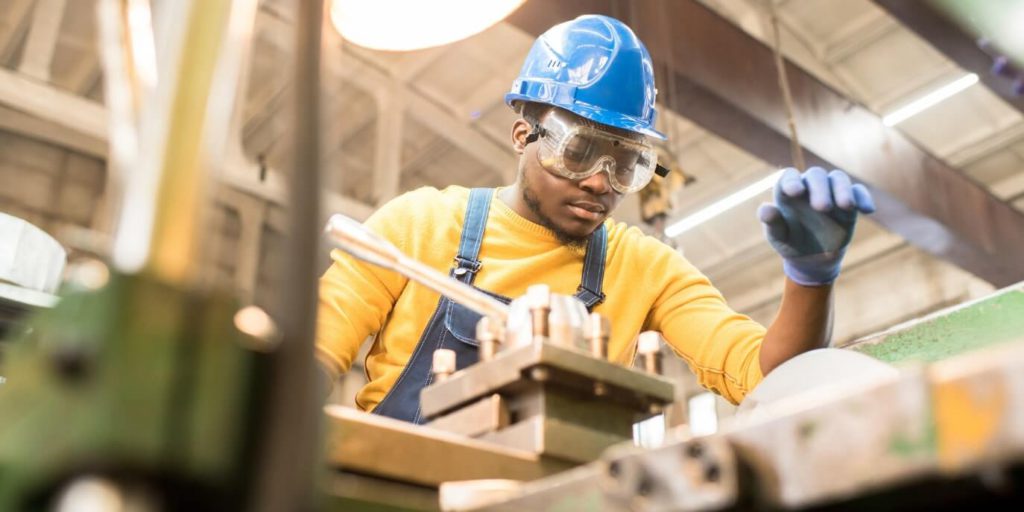Manufacturing is a huge industry in the United States and abroad. In fact, census statistics from 2021 show that over 12.5 million people are employed in various manufacturing capacities. Some of the largest grossing manufacturing sectors are chemicals, computers and electronics, food, beverage and tobacco products, and many more.
While some of these specific sectors seem as if they’d have relatively harmless work environments, hazards in any manufacturing setting exist. There are many safety precautions that can be followed to help avoid injuries or property damage. But what are they, and why are they important?
1) Use machines, equipment, and tools properly
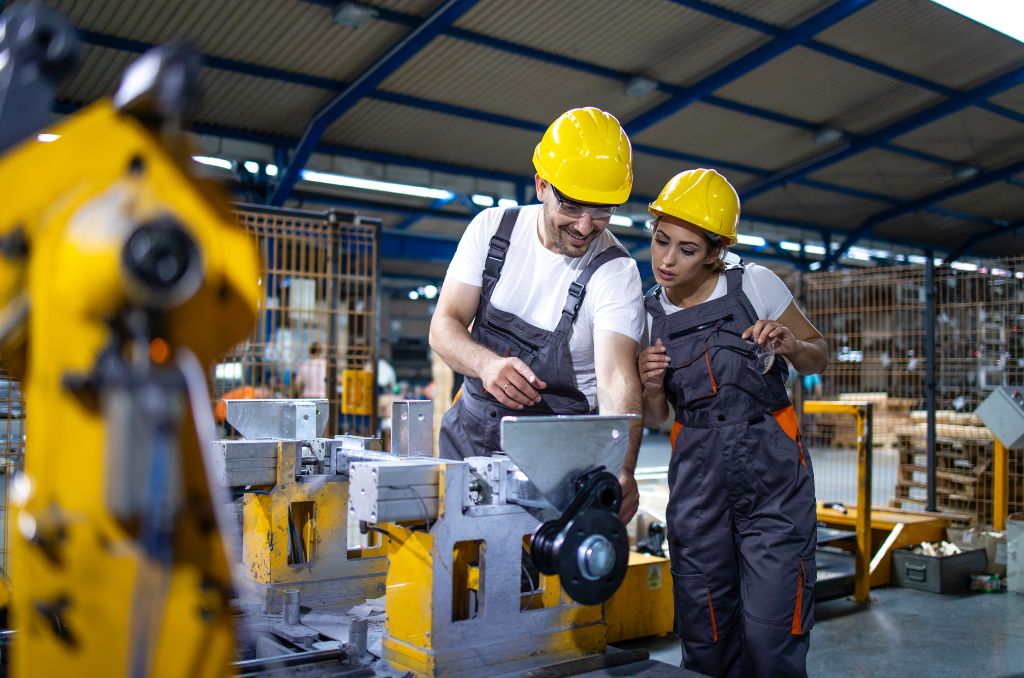
Mishandling tools and equipment is one of the largest causes of injuries in the workplace. Make sure employees have the proper training and guidance when it comes to using tools and equipment. OSHA recommends these five basic rules to prevent injuries or dangers when working with tools and equipment
- Use the right tool for the job.
- Perform regular maintenance on tools to keep them in good working condition.
- Do not use damaged tools, and check them regularly for any issues.
- Use tools according to manufacturing instructions.
- Use the right protective equipment when using dangerous tools.
2) Use personal protection equipment (PPE)
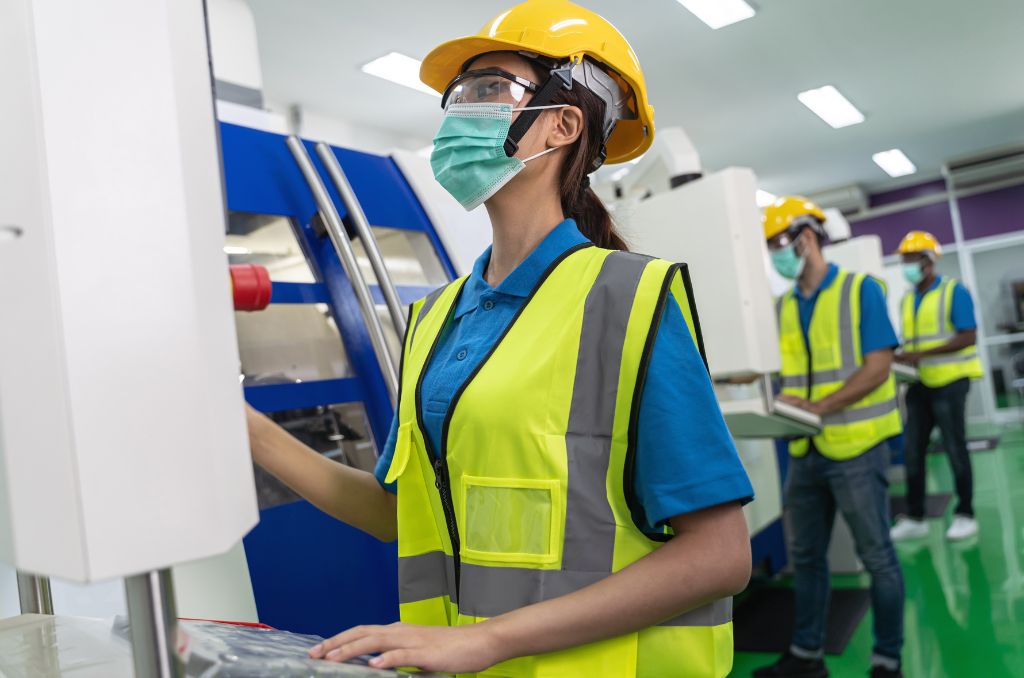
One of the biggest things that can be done to maintain safety is by utilizing PPE while working. Using proper PPE, especially when working around chemicals or other raw materials, will greatly reduce the chance of injury. Ensure your facility has all updated PPE signs to help keep safety a top-of-mind priority for everyone.
3) Report unsafe conditions or broken equipment immediately

If something is broken or damaged, it’s important to notify management immediately, especially if a lockout/tagout protocol needs to be followed. Likewise, if at any time conditions become unsafe, it’s crucial that a supervisor knows as soon as possible. If your facility has lockout/tagout protocols, make sure you have all the proper warning signs for when these situations arise. Early reporting of any unsafe issues is a great way to help prevent injuries.
4) Keep important areas clutter-free
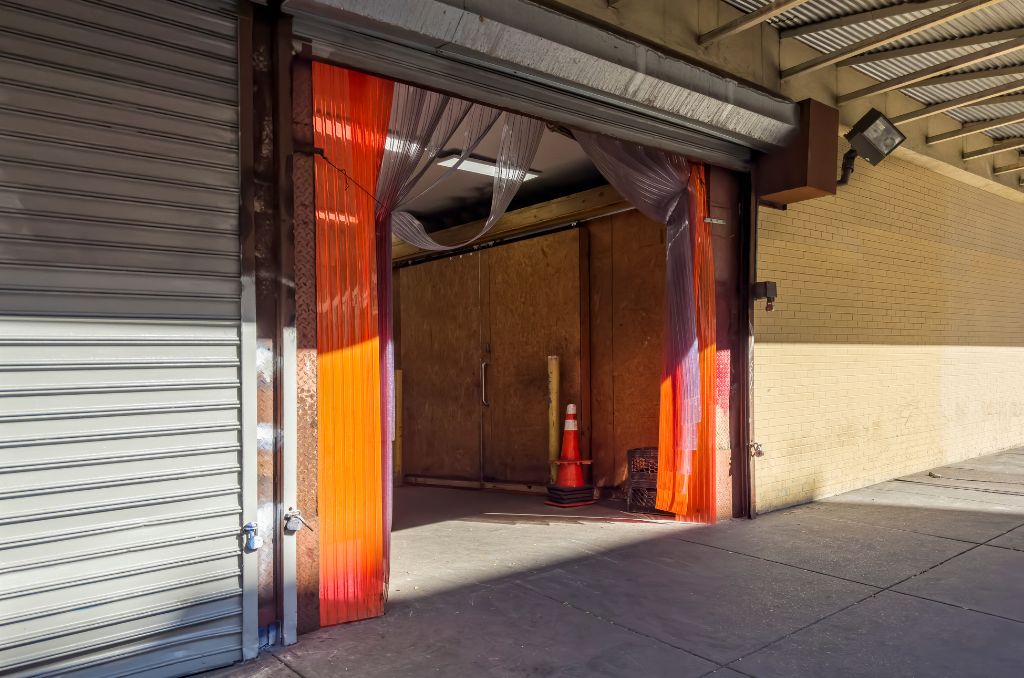
Making sure facility entrances and exits are clutter free is not only important for preventing fire safety hazards, but it’s also important for the day-to-day working environment, too. This same notion applies to common areas, like work aisles or production floors. Keeping all of these important areas free from tripping or falling hazards is an easy way to help prevent unnecessary injuries.
5) Practice safe lifting protocol
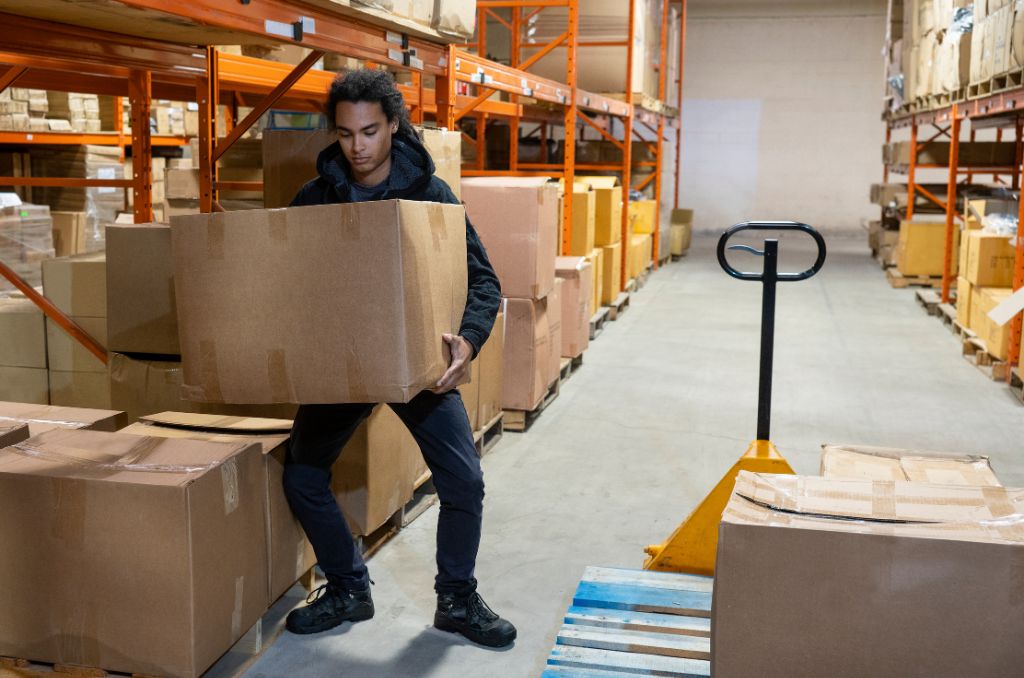
Lifting can be an everyday part of working in a manufacturing setting, but if employees are not lifting items, especially those on the heavier side, with the correct form, they’re more susceptible to injuries like sprained and pulled muscles. Help remind everyone to practice safe lifting techniques with helpful reminder signs and properly placed labels.
6) Make safety culture a priority
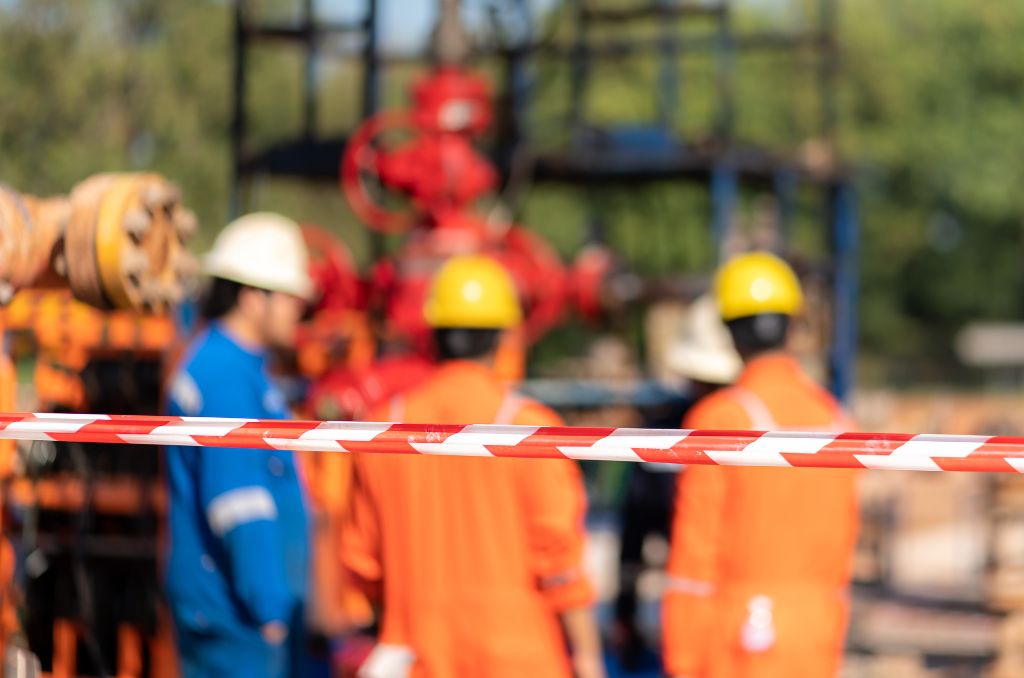
Every employee has the right to feel safe at their place of employment. By embedding the importance of safety into your workplace, employees will feel more valued. In addition, making safety a top priority will give your employees more confidence to speak up to supervisors if they feel conditions are unsafe or if they witness others not following safety protocols.
7) Keep work areas clean and organized
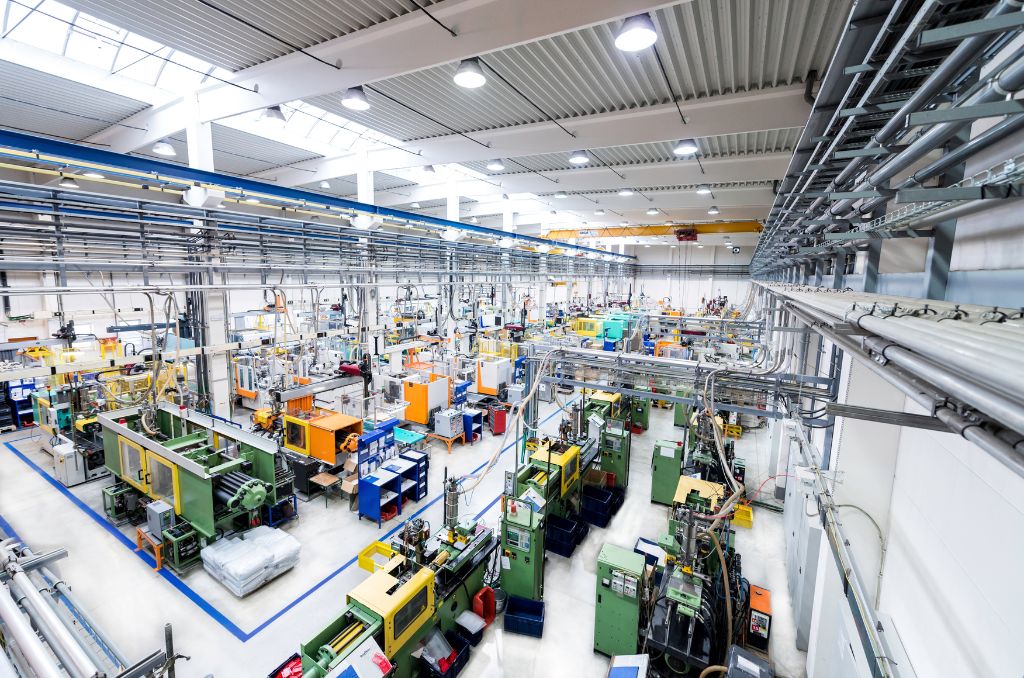
Keeping work areas clean and organized can help prevent hazards like trips or falls. It’s even more crucial to keep workspaces clean and organized when machinery is involved. Also, having organization, like all tools being put back into their proper place, can help increase employee productivity.
8) Provide continuous safety training opportunities
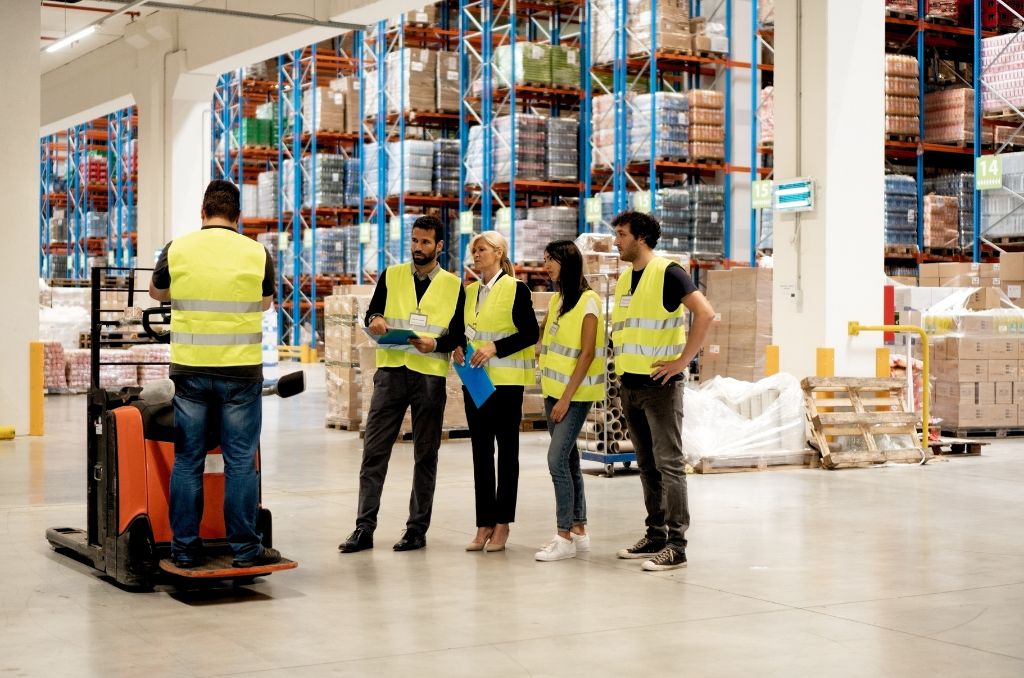
There is no such thing as too much education, and offering employees continuous education opportunities is always a good idea. Providing extra training can help employees learn new safety skills, or even serve as a good refresher for things they may have forgotten or not put into practice.
9) Encourage employees to take breaks

It’s a proven fact that taking breaks can help prevent employees from going into autopilot mode, which can result in mistakes being made. When mistakes are made, injuries can occur. It’s also a known fact that taking breaks can help increase employee productivity and overall workplace happiness.
Learn more about how practicing mindfulness can create a safer (and more productive) workplace.
10) Label hazardous areas appropriately
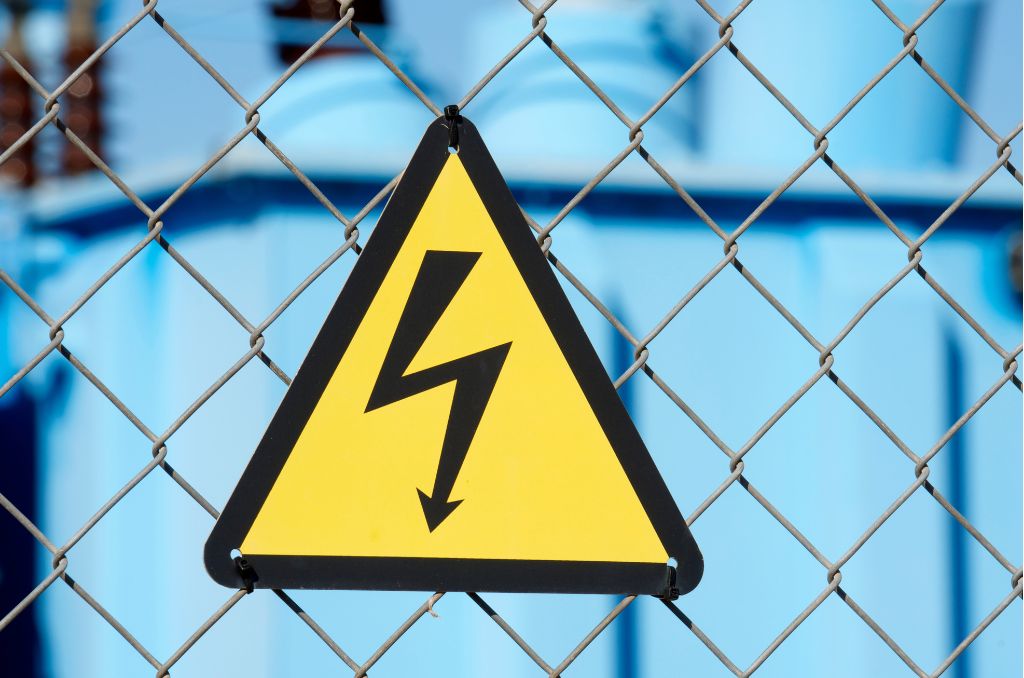
Hazardous areas exist in many industries and facilities. Having properly displayed signs and labels for areas that could be problematic or cause injury is important to maintain the safety of everyone. Common hazards that must be properly labeled include:
- Machine safety labels
- Electrical safety labels
- Chemical safety labels
- Floor safety labels
- Shop all safety labels
If your facility needs new or updated signage, check out our large selection of safety signs and labels.
Workplace hazards can exist everywhere, especially in the manufacturing industry. Taking the time to practice some extra safety precautions can help maintain the safety of all your employees and prevent injuries or facility damage. Furthermore, using all appropriate safety signage and labels can also help keep safety a top-of-mind priority for all. For more information on different safety practices, check out some of our other blogs!

